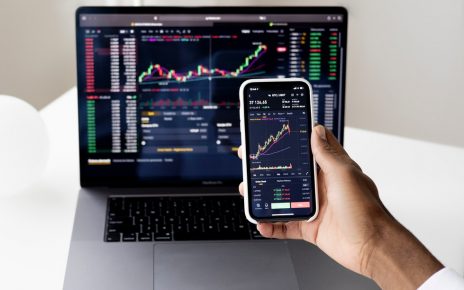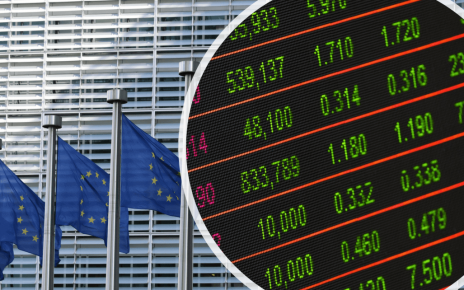- Markets lowered the Fed rate cut expectations for next year.
- The US CPI report revealed that inflation rose by 0.3% in November.
- US wholesale inflation unexpectedly increased by 0.4%.
Interest futures wallowed near weekly lows as markets lowered the Fed rate cut expectations for next year. This shift came after US inflation data revealed a pause in the downtrend. At the same time, market participants expect the incoming Trump administration to make policy changes to boost economic growth and inflation.
Interest futures have had a red week, closing lower every day. The last green day came on Friday last week after the US released a mixed jobs report that showed some cracks in the labor market. The report revealed a surge in job growth in November that came slightly above estimates. Meanwhile, the unemployment rate increased from 4.1% to 4.2%, indicating weaker labor market demand. As a result, bets for a December Fed rate cut surged past 85%, weighing on Treasury yields and boosting interest futures.
However, after almost fully pricing a December cut, markets slowly shifted to focus on the outlook for Fed rate cuts in 2025. This week, the US released several reports, the main one showing accelerating price pressures.
Notably, the CPI report revealed that inflation rose by 0.3% in November. Although it aligned with expectations, it jumped more than the previous month’s 0.2% increase. At the same time, the annual increase of 2.7% was more than the previous 2.6%, showing inflation had paused above the Fed’s 2% target. As a result, markets lowered expectations for rate cuts in 2025.
US wholesale prices (Source: Bureau of Labor Statistics)
On Thursday, US wholesale inflation unexpectedly increased by 0.4%. Meanwhile, economists had expected a 0.2% increase. This was yet another reason for investors to project higher consumer prices in the coming year.
At the same time, the new year will bring a new administration that will likely cause a spike in inflation. The Trump administration will take office in January. He might start implementing his policy proposals immediately, boosting the dollar and Treasury yields. At the same time, risk appetite might increase sending more money from the bond market and into the equities market.
Elsewhere, the recent wave of global rate cuts from major economies like the Eurozone and Canada has given the US dollar an edge. Rates are falling everywhere else but might remain high in the US, boosting Treasury yields and hurting interest futures.





